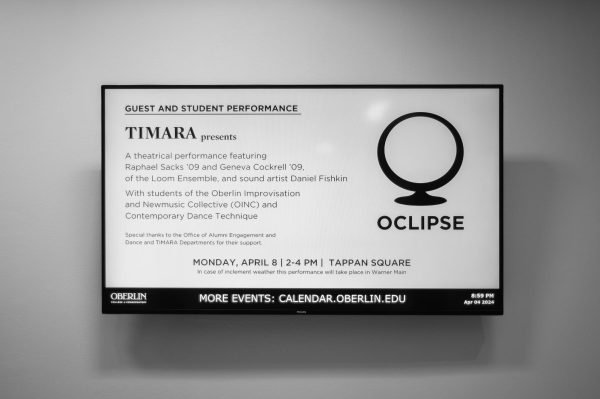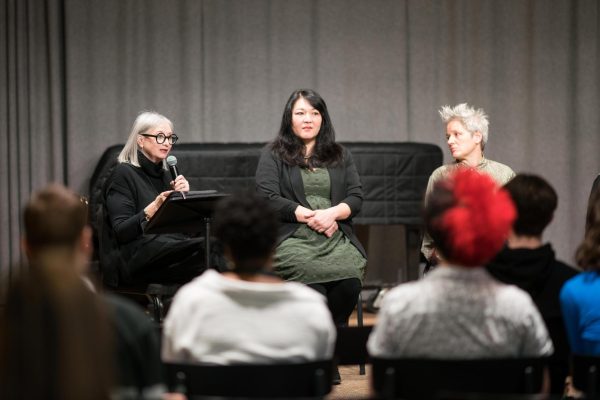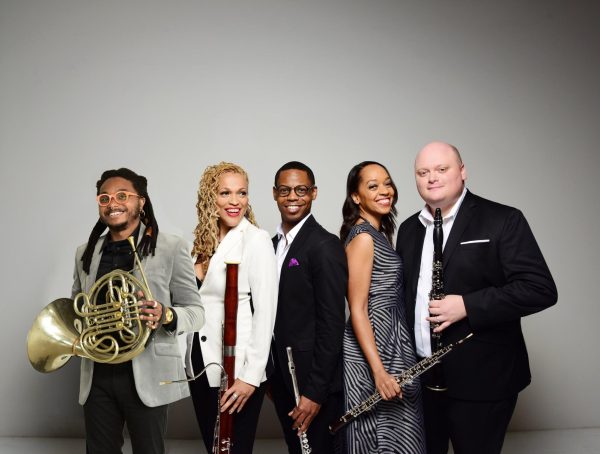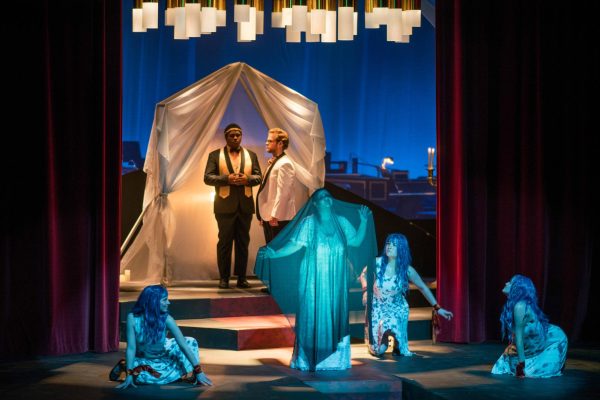Oberlin Gospel Choir Flourishes
In 1866, just six months after the end of the Civil War, Fisk University was founded in Nashville to provide education to formerly enslaved Black Americans. However, by 1871 the school was in financial debt. This prompted George L. White, a Fisk student, to start a nine-person choir and take it on tour to raise money. They called themselves the Fisk Jubilee Singers.
The group toured small towns in the American northeast and performed for primarily white audiences. The road was not easy. The group endured racism and illness, and despite their talent, they did not profit financially. Soon, though, the choir began to receive acclaim for their musical skill and repertoire of spirituals that were not commonly heard outside of Black communities. These performances helped spirituals gain legitimacy as an American musical form.
It was only after performing at Oberlin in a convention which hosted several ministers that the group began receiving more attention than ever before. Their reputation, propelled by word-of-mouth reviews, prompted the group to tour the eastern US, where they sang for notable individuals, including Ulysses S. Grant. The group went on to receive world-renowned acclaim and has won various awards, including the National Medal of the Arts, the highest national honor for arts.
Over a hundred years later in 1971, Oberlin students Charles Woods and Everett Williams created the Oberlin Black Ensemble as a Winter Term project. The group was started as a creative outlet for singers, many of whom had grown up singing in Black churches. This Winter Term project quickly became a hit and ended up touring around different churches and community centers in the region. The Oberlin Black Ensemble soon gained a reputation as Oberlinís version of the Fisk Jubilee Singers.
The Oberlin Black Ensemble was then dormant for some time until this past year, when it was revived in the form of the Oberlin Gospel Choir. La Tanya Hall, professor of Jazz Voice in the Conservatory, spearheaded the project, assisted by Wendell Logan and Bobby Ferrazza, two jazz professors in the Conservatory.
The ensemble met weekly on Tuesday mornings in the spring semester and has been a roaring success for students, faculty, and community members alike. Sagana Ondande, a double-degree fifth-year student studying Classical Voice in the Conservatory and Computer Science in the College, reflected on his experience with the choir.
“It was my favorite class last year, hands down, he said. I was really shy about my singing when I was younger, and the only place I would sing at was church. Joining the Gospel Choir reminded me [of] why I sing, and being in that environment just hit me like, this is where I can sing my fullest.”
The choir also offers an escape for students seeking to broaden their repertoire beyond the confines of a Eurocentric classical curriculum.
“When you’re in classical voice, it’s almost like you have blinders on,” classical vocalist Daniela Machado, OC ’22, said. “But in my last year, I really wanted to expand my repertoire, so I joined. I hope that more singers consider doing it, especially on the classical side. I think Gospel Choir was a way for me to step back from how high pressure the Classical Voice program can be, because sometimes it’s not about joy. But the Gospel Choir really is a wonderful environment with wonderful people and beautiful music.”
The choir not only learns the music but also the history behind it, an aspect of the Gospel Choir that neither students nor faculty take for granted.
“Professor Hall was very adamant about us knowing the history of the songs we were learning,” Machado continued.
In the spirit of honoring the gospel traditions and history of the two ensembles that came before it, the Oberlin Gospel Choir performed a commemorative concert last May to celebrate the 150th anniversary of the Fisk Jubilee Singers. The performance featured not only gospel music but dance as well. Professor of Dance Holly Handman-Lopez choreographed the show’s dances and felt a responsibility to choreograph in a way that was respectful to the text and history of the chosen pieces.
“I researched a lot more than I would for a normal contemporary dance,” she said. “I really looked at the lyrics and tried to understand the story and then tell that story physically, as opposed to making a pretty dance that’s symmetrical and aesthetically pleasing but has nothing to do with the subject matter of the song.”
The collaboration between dancers and singers is something that both Handman-Lopez and Machado hope will continue to flourish at Oberlin.





